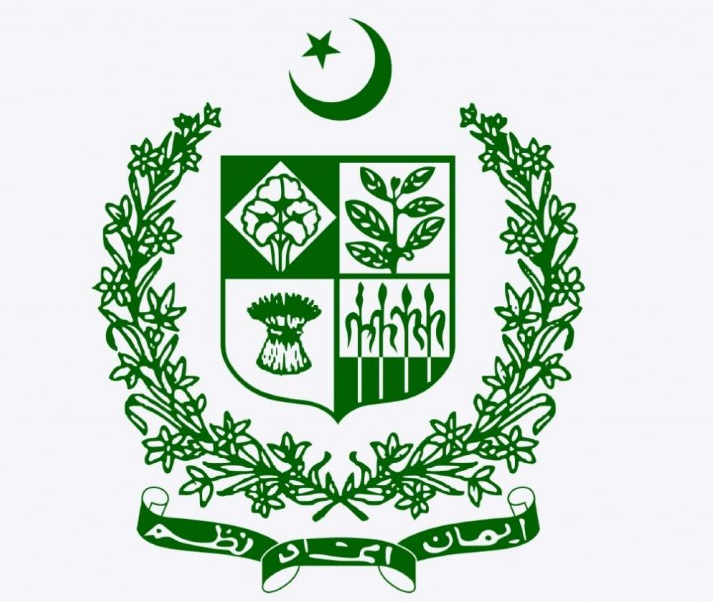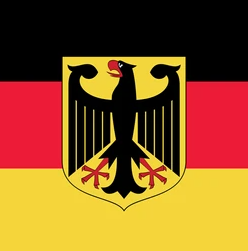Cambodia National Emblem, also known as the Royal Arms of Cambodia, is a significant symbol that represents the rich history, culture, and sovereignty of the country. This article aims to explore the detailed aspects of the Cambodia National Emblem, its historical background, symbolism, design elements, and its importance as a national symbol. Let’s dive into the intriguing world of Cambodia’s national emblem.
The Cambodia National Emblem holds a special place in the heart of every Cambodian. It is a visual representation of the nation’s identity and heritage. The emblem serves as a proud reminder of the country’s glorious past and the aspirations for a prosperous future. Understanding the history and symbolism behind the national emblem provides valuable insights into Cambodia’s cultural and political landscape.
Brief History of Cambodia National Emblem
The history of the Cambodia National Emblem can be traced back to the Angkor era, where symbols of power and authority held immense significance. Over time, various emblems were used by different rulers, reflecting the changing dynasties and political landscape of the country. However, it was during the reign of King Norodom Sihanouk in 1953 that the current design of the national emblem was officially adopted.
Symbolism and Meaning of the Cambodia National Emblem
The Royal Crown
At the top of the national emblem lies the magnificent Royal Crown, which represents the monarchy and the country’s highest authority. The crown’s intricate design symbolizes the divine power bestowed upon the monarchy and its role as the protector of Cambodia’s sovereignty.
The Royal Sword and Royal Staff
Flanking the Royal Crown are the Royal Sword and Royal Staff. These symbols signify the king’s authority and ability to govern the kingdom with justice and wisdom. They represent the power to defend the nation’s interests and ensure the welfare of its people.
The Garuda
The mythical creature known as the Garuda occupies a prominent position within the emblem. The Garuda, a legendary bird-like creature, is associated with protection and strength. In the context of the national emblem, it represents the country’s defensive capabilities and the determination to safeguard its territorial integrity.
The Great Temple
Another significant element of the national emblem is the depiction of the Great Temple. This represents the rich cultural heritage of Cambodia, particularly the temples of Angkor, which are considered architectural marvels and a testament to the grandeur of the Khmer civilization.
Design and Elements of the Cambodia National Emblem
The Central Shield
The central element of the national emblem is the shield, which contains various symbols and motifs. The shield is divided into three horizontal sections. The top section features the image of a three-headed elephant, known as Airavata, a mythical creature associated with royalty and power.
The Surrounding Elements
Surrounding the shield are two branches of rice, which symbolize Cambodia’s agricultural heritage and the importance of rice as a staple crop. These branches are tied together with a ribbon, signifying unity and harmony among the Cambodian people.
Evolution of the Cambodia National Emblem
The design of the national emblem has undergone some changes over the years to reflect the country’s evolving political landscape. However, the core elements and symbolism have remained consistent, emphasizing the nation’s deep-rooted traditions and historical legacy.
Importance and Significance of the Cambodia National Emblem
The Cambodia National Emblem holds immense importance for the Cambodian people. It serves as a symbol of national pride, unity, and identity. The emblem reminds citizens of their shared heritage and the continuous efforts to uphold Cambodia’s sovereignty and cultural heritage.
Protection and Legal Status
To ensure the sanctity and appropriate use of the national emblem, the Cambodian government has established laws and regulations. Unauthorized usage, distortion, or misuse of the emblem is strictly prohibited and can result in legal consequences. The protection of the national emblem is vital to preserve its significance and maintain respect for the nation’s symbols.
Frequently Asked Questions (FAQs)
- What is the purpose of the Cambodia National Emblem?
The Cambodia National Emblem serves as a visual representation of the country’s history, culture, and sovereignty. It symbolizes the authority of the monarchy and the collective identity of the Cambodian people.
- How was the design of the emblem finalized?
The current design of the Cambodia National Emblem was officially adopted during the reign of King Norodom Sihanouk in 1953, after considering various historical and cultural elements.
- Can the national emblem be used by anyone?
No, the national emblem is a protected symbol and cannot be used by individuals or organizations without proper authorization. It is exclusively reserved for official government use and authorized purposes.
- Are there any penalties for misusing the national emblem?
Yes, there are penalties for unauthorized use, distortion, or misuse of the national emblem. Violators may face legal consequences, including fines and potential imprisonment.
- Can the national emblem change in the future?
Any changes to the national emblem would require careful consideration and a proper legal process. While changes are possible, they are unlikely to occur without significant reasons and extensive public consultation.
Conclusion
The Cambodia National Emblem stands as a powerful symbol of the country’s rich heritage and cultural identity. Through its design and symbolism, it reflects Cambodia’s historical legacy, political aspirations, and the determination to protect its sovereignty. The emblem serves as a reminder of the importance of unity, respect for tradition, and the continuous efforts to build a prosperous future for the nation.
References
- Royal Embassy of Cambodia. (n.d.). National Symbols. Retrieved from http://www.embassyofcambodia.org/index.php?rub=country_and_people&chap=5&page=symbols
- World Atlas. (2021). National Symbols of Cambodia. Retrieved from https://www.worldatlas.com/articles/national-symbols-of-cambodia.html
- Royal Government of Cambodia. (2005). Law on the Use of the Coat of Arms, the National Flag, and the National Anthem of the Kingdom of Cambodia. Retrieved from http://www.cambodiainvestment.gov.kh/LawsRegulations/180610033933.pdf

